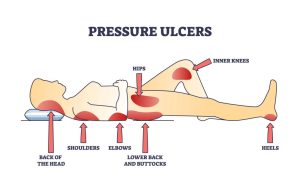Is malnutrition in an Orange County nursing home or assisted-living facility a result of nursing home neglect? The answer to this question is not always straightforward. Malnutrition can be difficult to identify, and in some cases, it can result from health issues that affect the resident. At the same time, malnutrition can be the result of elder abuse or neglect. Accordingly, it is important for anyone with a loved one in a nursing home or assisted living facility in California to understand the causes of malnutrition and common signs of malnutrition linked to elder abuse and neglect. An experienced Orange County nursing home neglect lawyer can provide you with more information, and we can speak with you today about taking action if an elderly loved one has experienced harmful malnutrition in a Southern California facility.
Learning More About Malnutrition
What is malnutrition? According to the World Health Organization (WHO), malnutrition is a term that “refers to deficiencies, excesses, or imbalances in a person’s intake of energy or nutrients.” It can take different forms, including the form known as “undernutrition,” which tends to result in the most harm for elderly Americans. Undernutrition can involve wasting, being underweight, and having important micronutrient deficiencies or insufficiencies. While malnutrition can affect people worldwide of any age, it tends to have the most significant impact among older adults in the US.
 California Nursing Home Abuse Lawyer Blog
California Nursing Home Abuse Lawyer Blog









